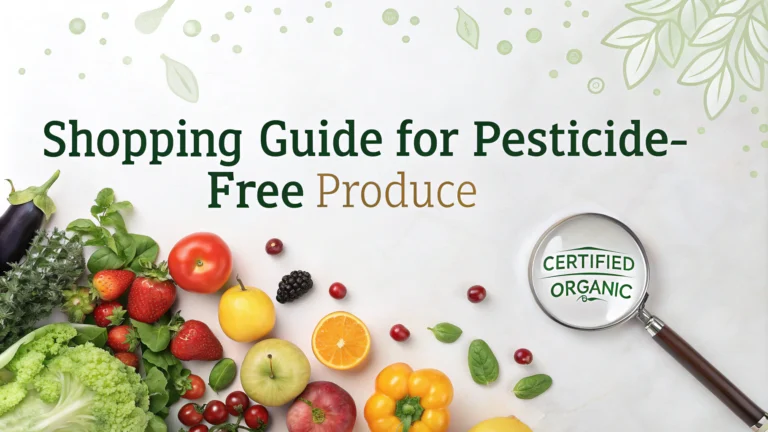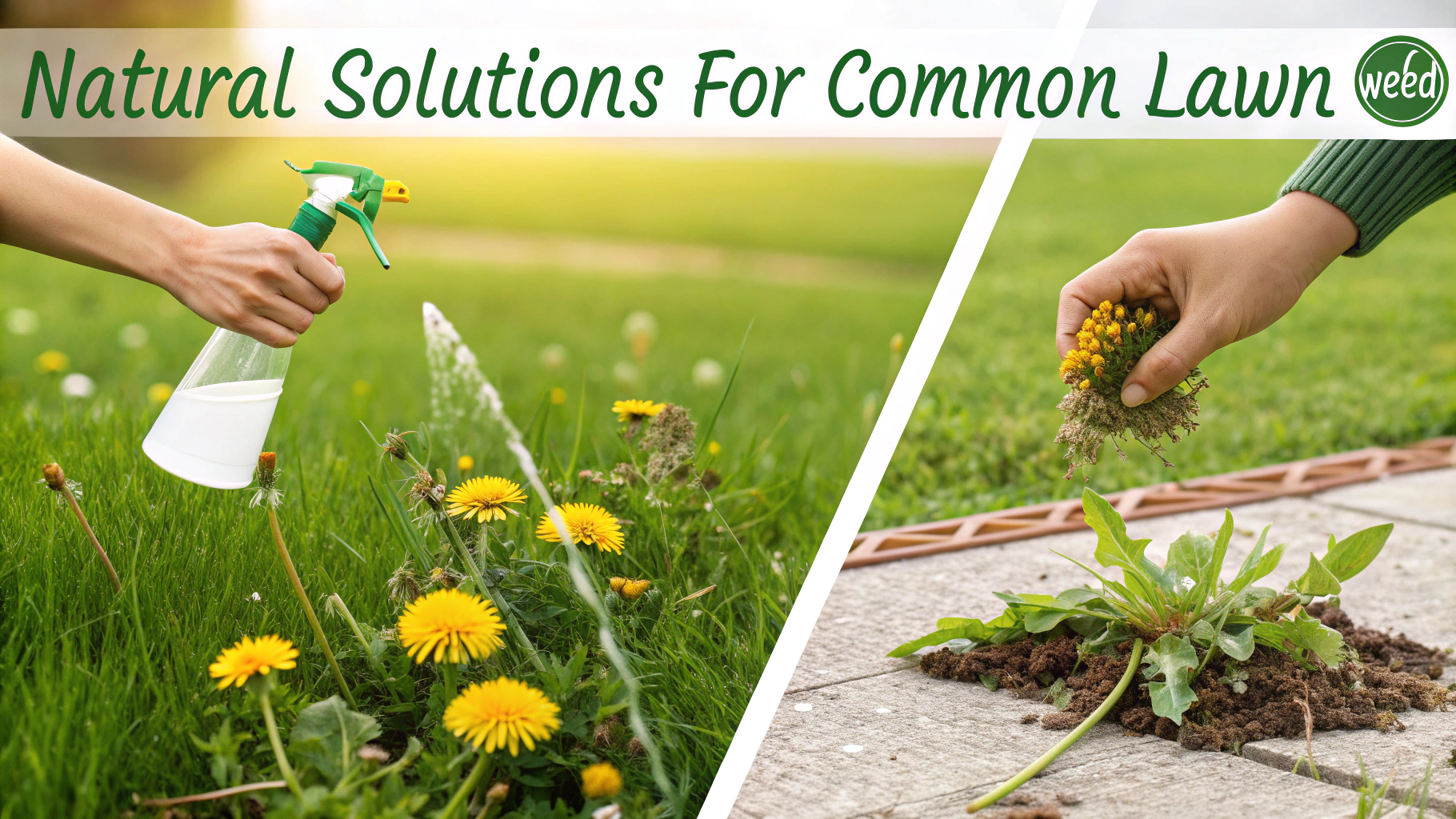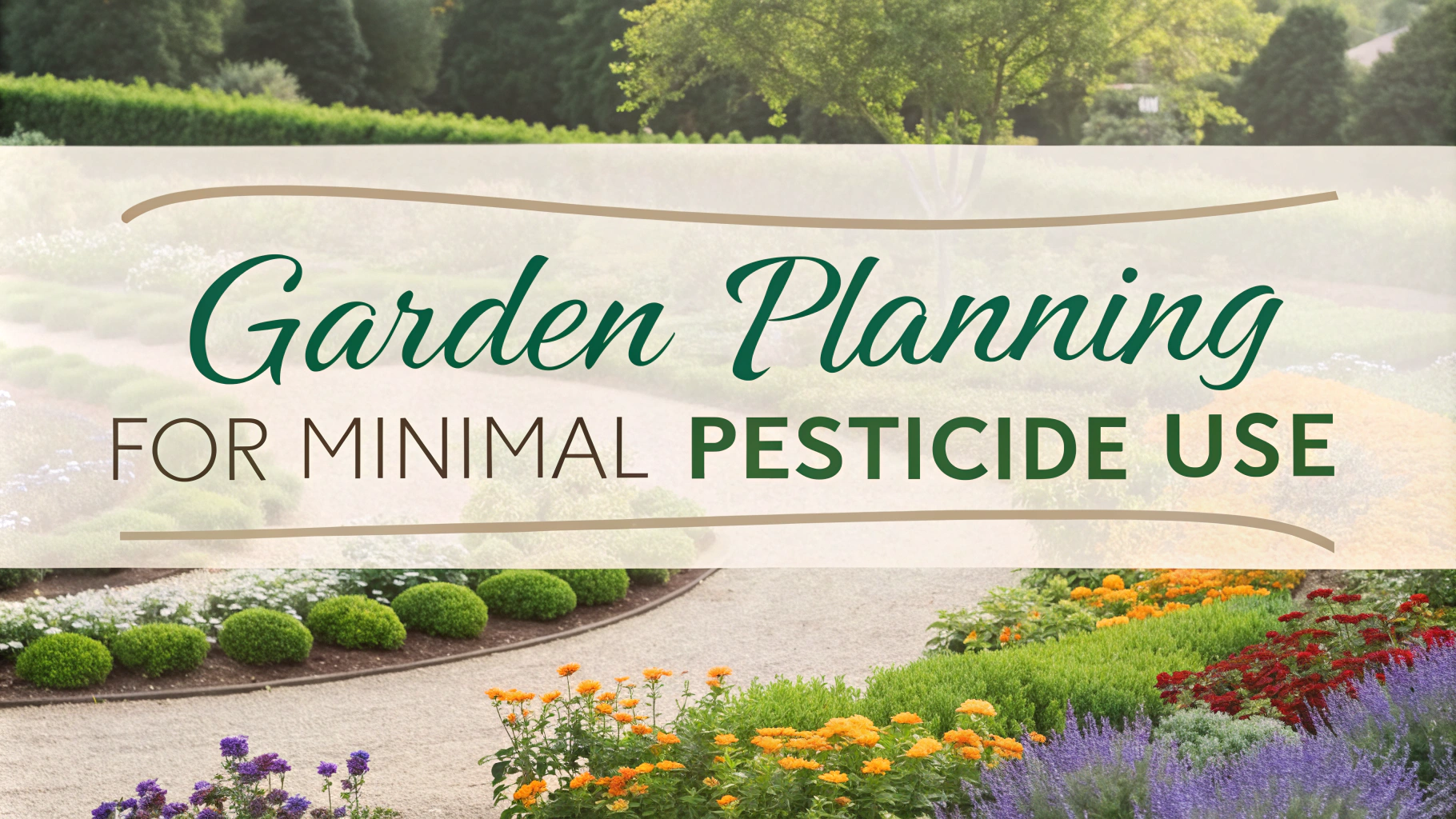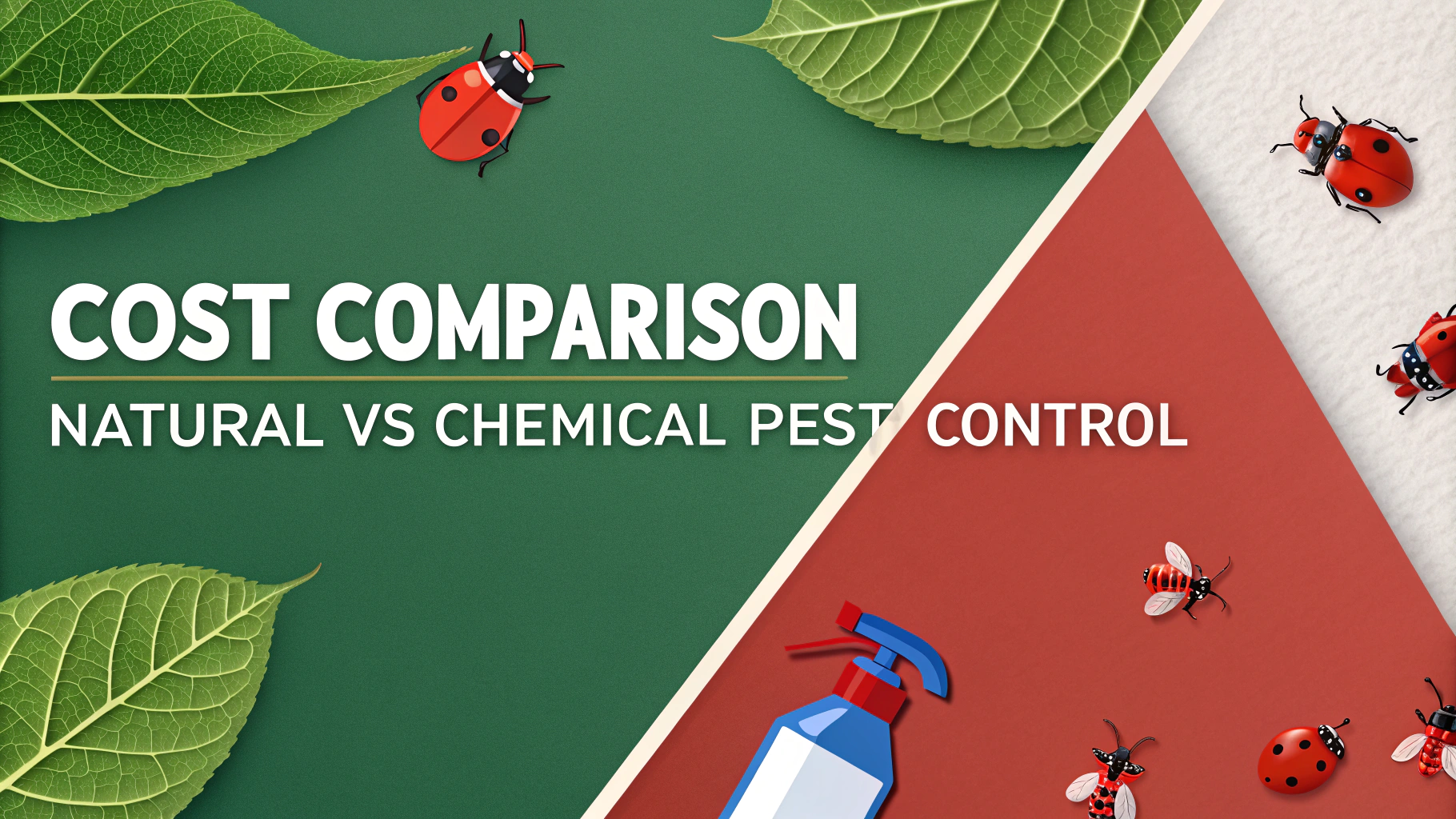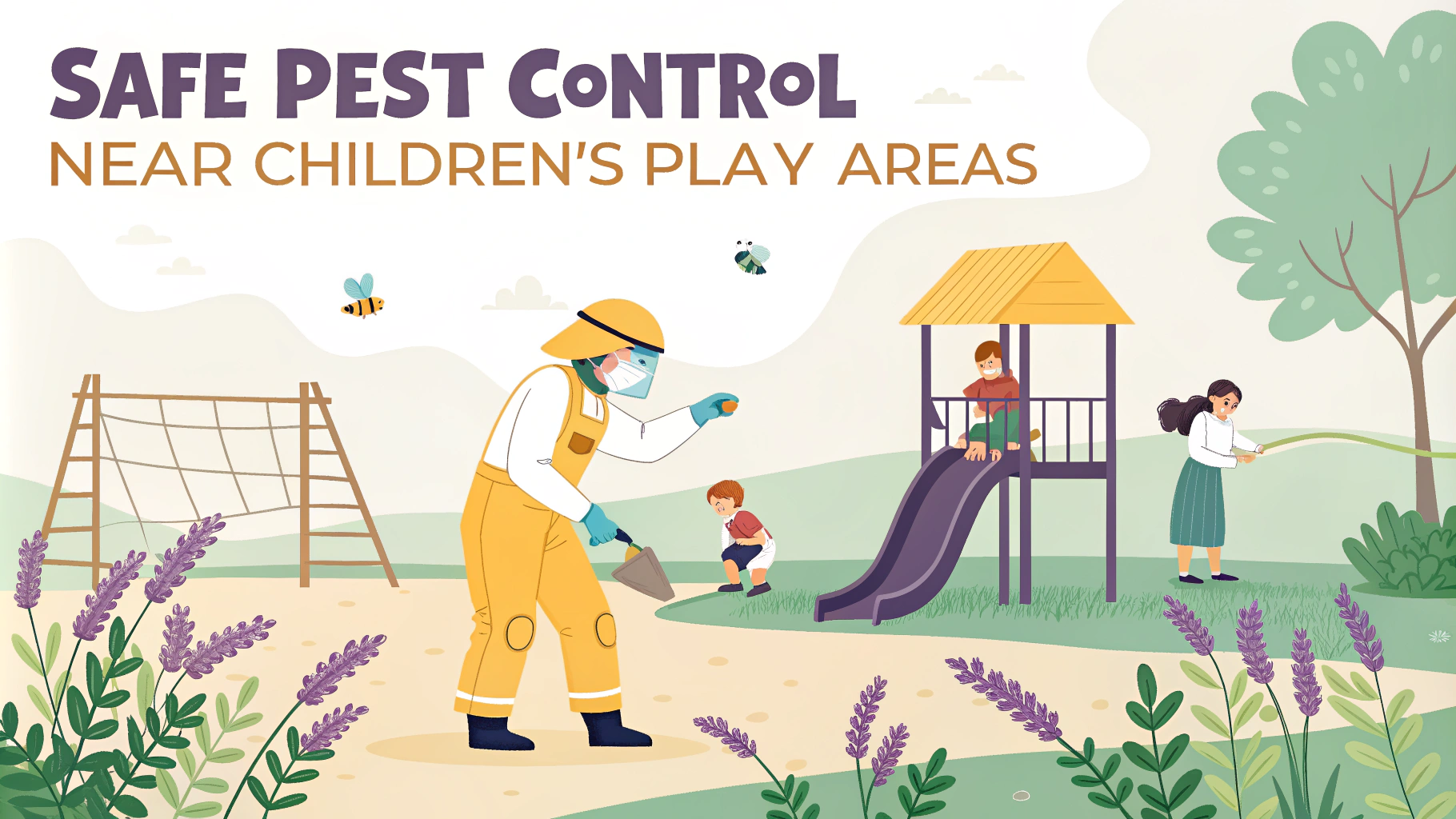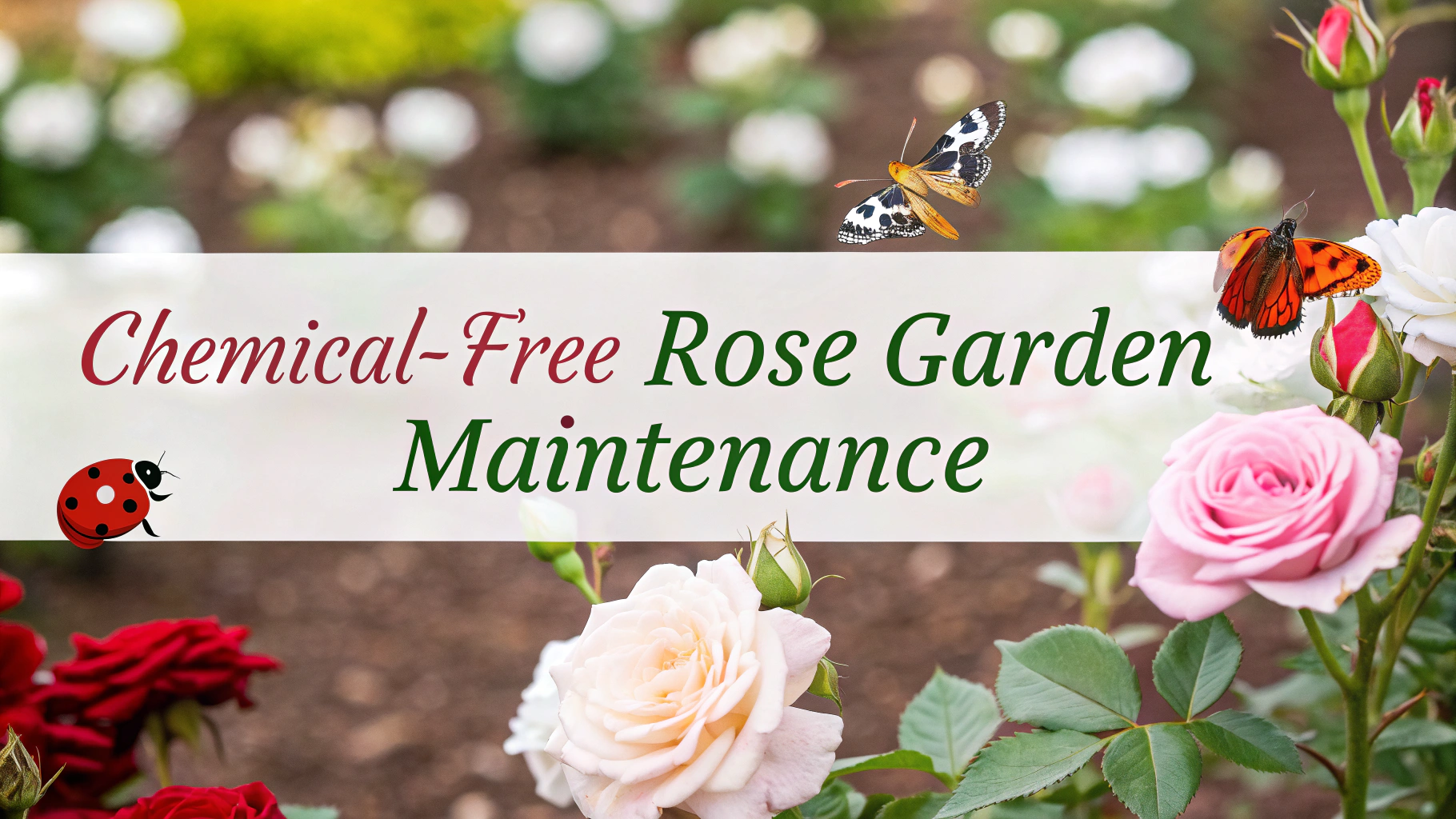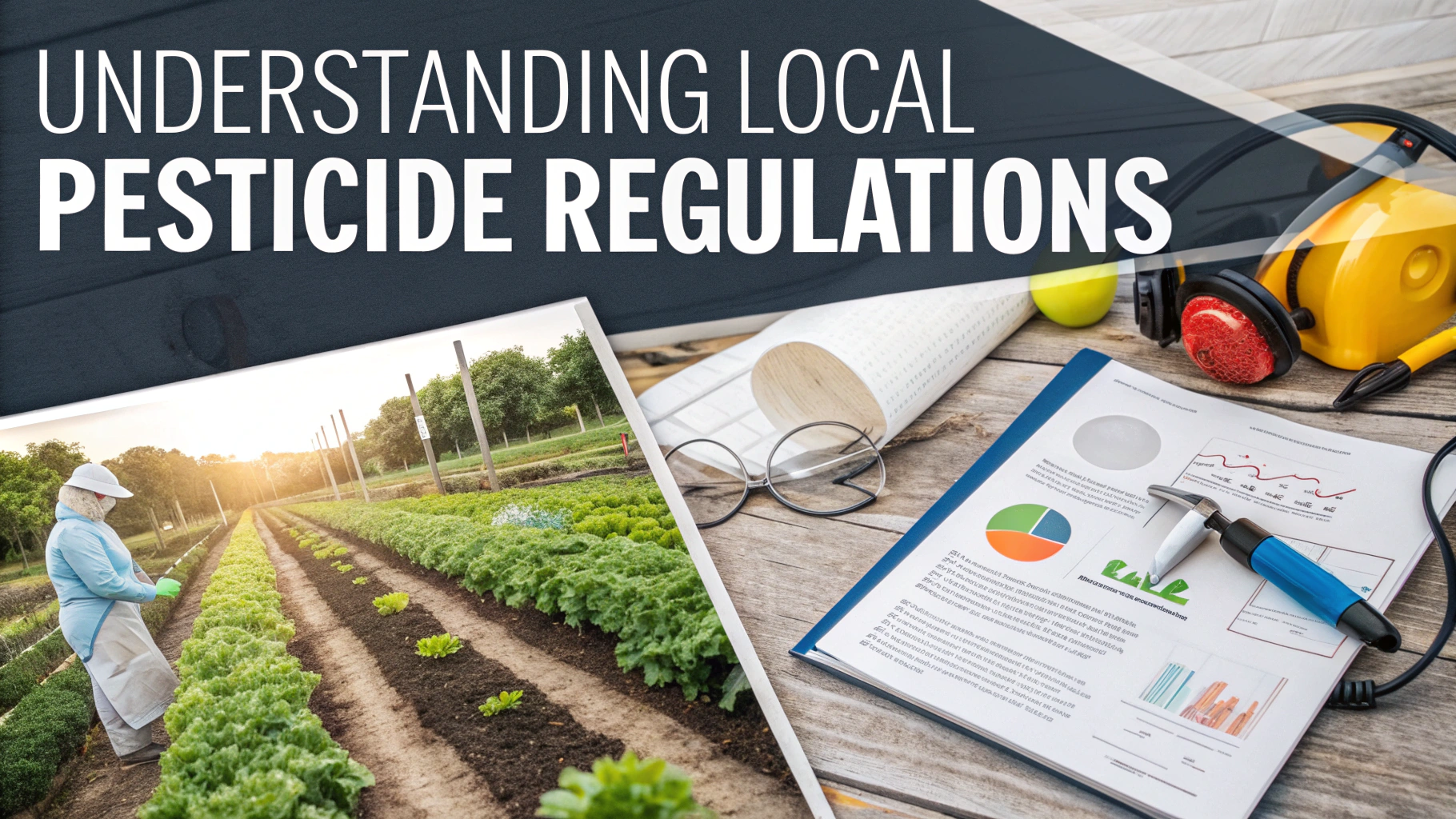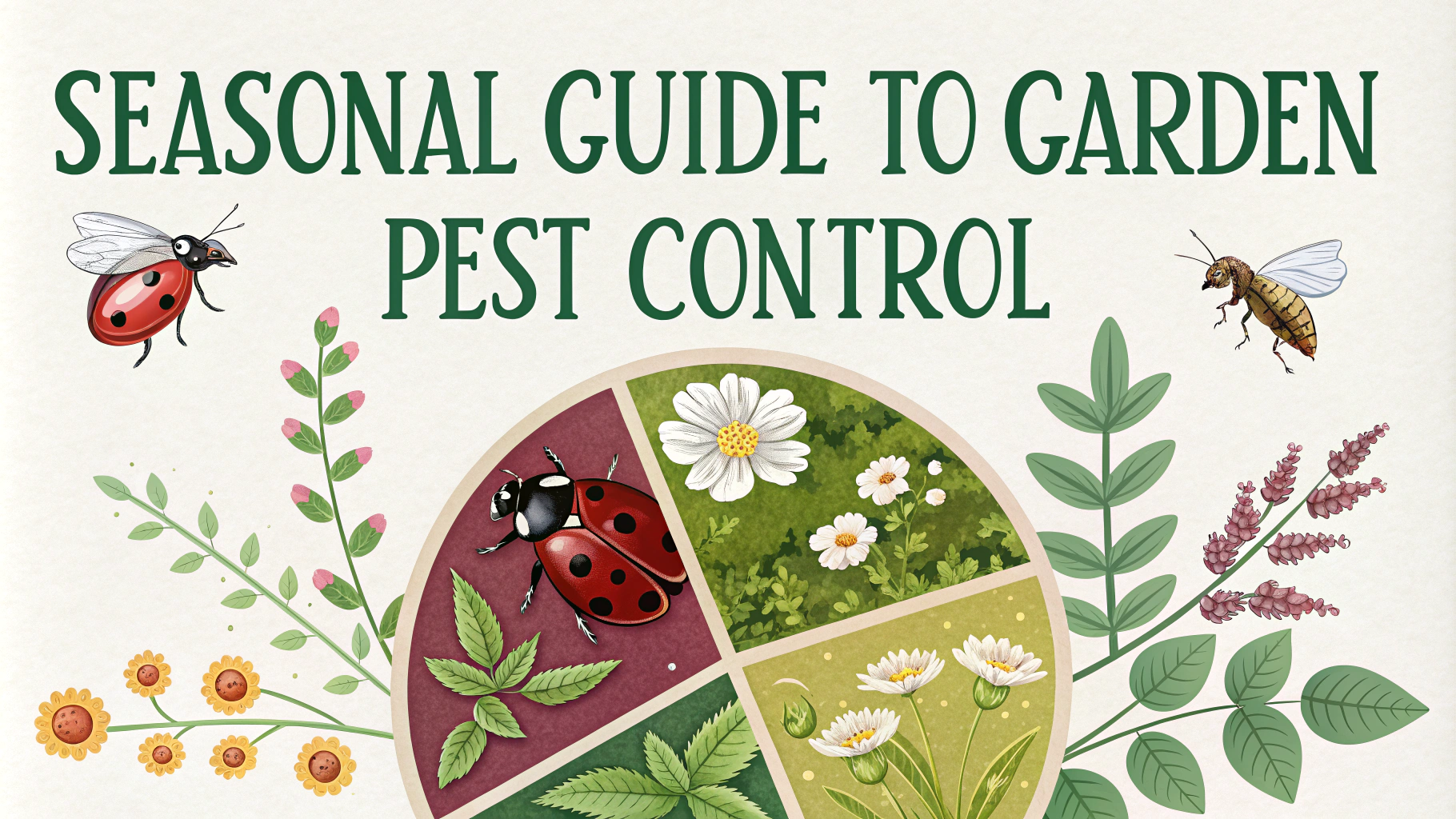Growing concerns about pesticide exposure have made shopping for clean produce increasingly important for many families.
Highest Pesticide Residue Produce (Buy Organic)
- Strawberries
- Spinach
- Kale, collard & mustard greens
- Nectarines
- Apples
- Grapes
- Bell & hot peppers
- Cherries
- Peaches
- Pears
- Celery
- Tomatoes
Lower Pesticide Residue Produce (OK to Buy Conventional)
- Avocados
- Sweet corn
- Pineapple
- Onions
- Papaya
- Sweet peas (frozen)
- Asparagus
- Honeydew melon
- Kiwi
- Cabbage
- Mushrooms
- Mangoes
Shopping Tips for Pesticide-Free Produce
Shop at farmers markets where you can ask farmers directly about their growing practices.
Look for certified organic labels from USDA or other recognized certifying organizations.
Consider joining a local CSA (Community Supported Agriculture) program that uses organic growing methods.
Cleaning Your Produce
- Basic Rinse: Run under cool water for 30 seconds while gently rubbing
- Vinegar Solution: Mix 1 part white vinegar with 3 parts water
- Baking Soda Soak: Add 1 teaspoon baking soda per cup of water
- Commercial Produce Wash: Follow package directions
Growing Your Own
Starting a small herb garden or growing simple vegetables like tomatoes and lettuce can provide pesticide-free produce right at home.
Additional Resources
- Environmental Working Group’s Dirty Dozen Guide
- USDA Organic Standards
- Local Harvest – Find local organic farms
Save money by prioritizing organic purchases for high-pesticide items while buying conventional versions of clean fifteen produce.
Store organic produce separately from conventional items to prevent cross-contamination.
Check for seasonal organic produce as it tends to be more affordable during peak growing times.
Budget-Friendly Organic Shopping
- Buy organic produce in bulk when on sale and freeze excess
- Join organic produce subscription boxes for wholesale prices
- Visit farmers markets near closing time for potential discounts
- Compare prices across multiple stores and markets
- Purchase seasonal produce when prices are naturally lower
Storage Tips for Maximum Freshness
Refrigerator Storage
- Store leafy greens with paper towels to absorb moisture
- Keep berries dry and unwashed until ready to eat
- Use produce drawers with humidity controls
- Separate ethylene-producing fruits from sensitive produce
Counter Storage
- Store potatoes and onions in cool, dark places
- Keep tomatoes at room temperature for best flavor
- Allow avocados and bananas to ripen on counter
Making Informed Choices
Understanding seasonal availability, proper storage methods, and cleaning techniques helps maximize the value of organic produce purchases. Regular monitoring of local prices and sales, combined with smart storage practices, makes organic eating more accessible.
Conclusion
Balancing health concerns with budget constraints requires strategic shopping and storage practices. Focus on organic options for high-pesticide items while choosing conventional produce from the clean-fifteen list. Proper cleaning and storage techniques help maintain freshness and reduce waste, making organic produce a more practical choice for health-conscious consumers.
Remember that small changes in shopping habits can significantly reduce pesticide exposure while maintaining a reasonable grocery budget. Whether growing your own produce, shopping at farmers markets, or carefully selecting organic items, every step toward cleaner eating makes a difference.
FAQs
- What are the “Dirty Dozen” fruits and vegetables that contain the most pesticides?
Strawberries, spinach, kale, nectarines, apples, grapes, peaches, cherries, pears, tomatoes, celery, and potatoes typically contain the highest pesticide residues. - Which fruits and vegetables are part of the “Clean Fifteen” with lowest pesticide residues?
Avocados, sweet corn, pineapple, onions, papaya, frozen sweet peas, eggplants, asparagus, cauliflower, cantaloupes, broccoli, mushrooms, cabbage, honeydew melon, and kiwi. - How can I effectively wash produce to remove pesticide residues?
Rinse thoroughly under running water, use a produce brush for firm items, soak in a solution of baking soda and water (1 teaspoon per 2 cups), and remove outer leaves of leafy vegetables. - Does organic certification guarantee pesticide-free produce?
No, organic certification allows certain approved natural pesticides. However, organic produce typically contains significantly fewer synthetic pesticide residues than conventional produce. - Should I peel fruits and vegetables to reduce pesticide exposure?
Peeling can reduce pesticide exposure, but it also removes valuable nutrients found in the skin. Better alternatives include buying organic for high-pesticide items or thoroughly washing conventional produce. - Which growing seasons typically have the lowest pesticide use?
Produce grown during its natural season typically requires fewer pesticides. For example, winter squash grown in fall and tomatoes grown in summer need less pest control. - Are pesticide residues higher in imported or domestic produce?
Imported produce often shows higher pesticide residues due to different agricultural regulations in various countries. Domestic produce generally adheres to stricter pesticide use guidelines. - How long do pesticide residues remain on produce after harvest?
Residue levels typically decrease over time, but some pesticides can persist for weeks or months. Storage conditions and the type of pesticide used affect persistence. - What’s the difference between systemic and surface pesticides?
Systemic pesticides are absorbed into the plant’s tissue and cannot be washed off, while surface pesticides remain on the exterior and can be partially removed by washing. - Are pesticide residues more concerning in children’s diets?
Yes, children are more vulnerable to pesticide exposure due to their smaller body size, developing organs, and higher consumption of food relative to body weight compared to adults.
